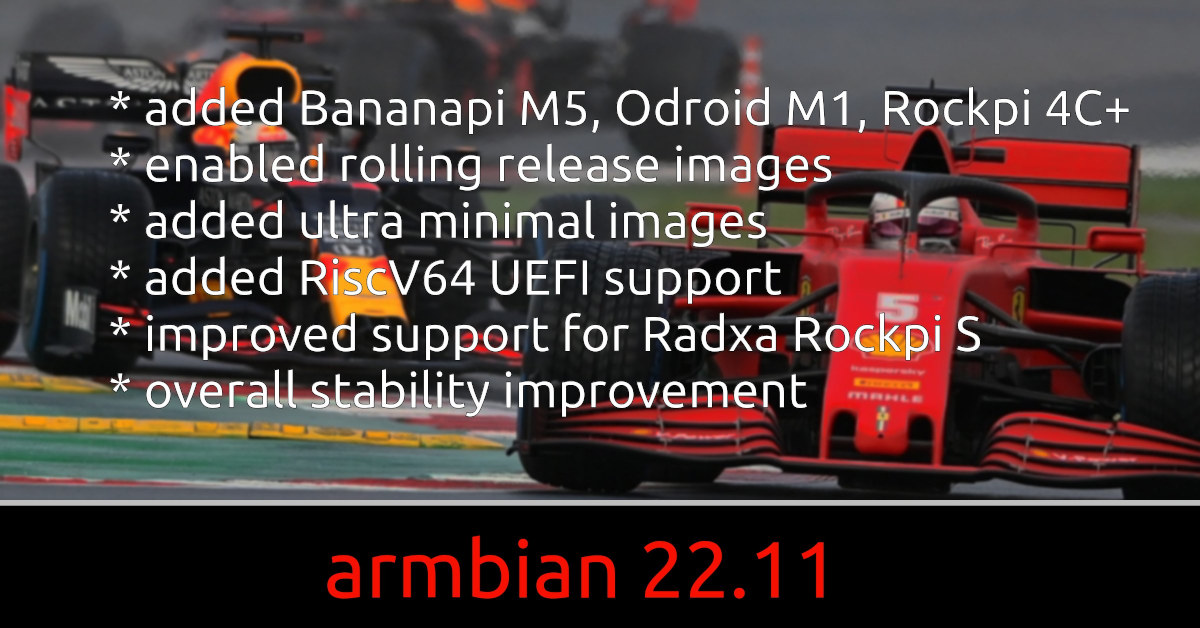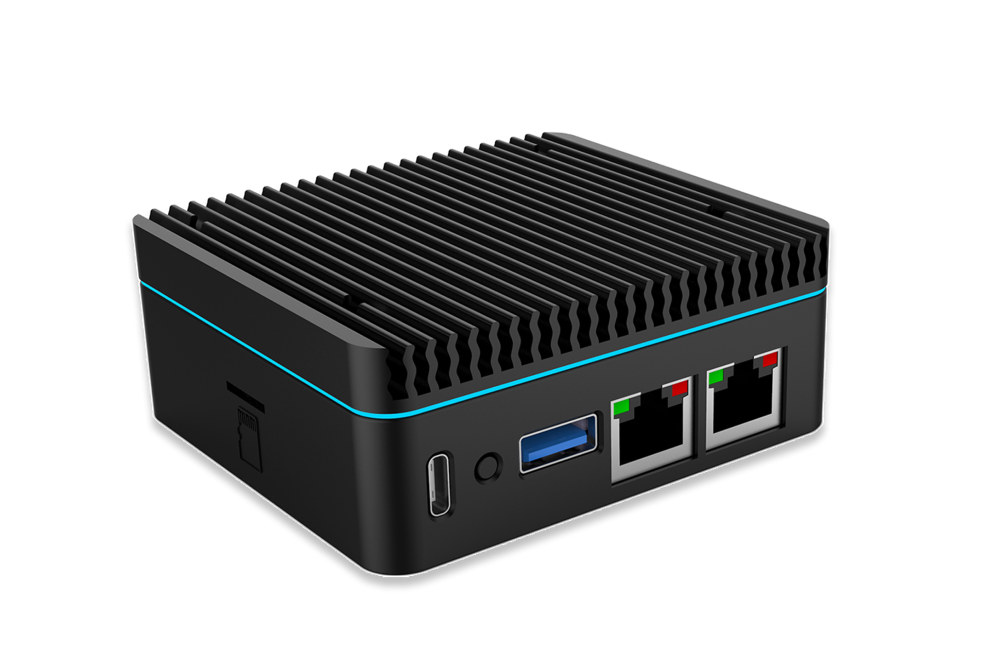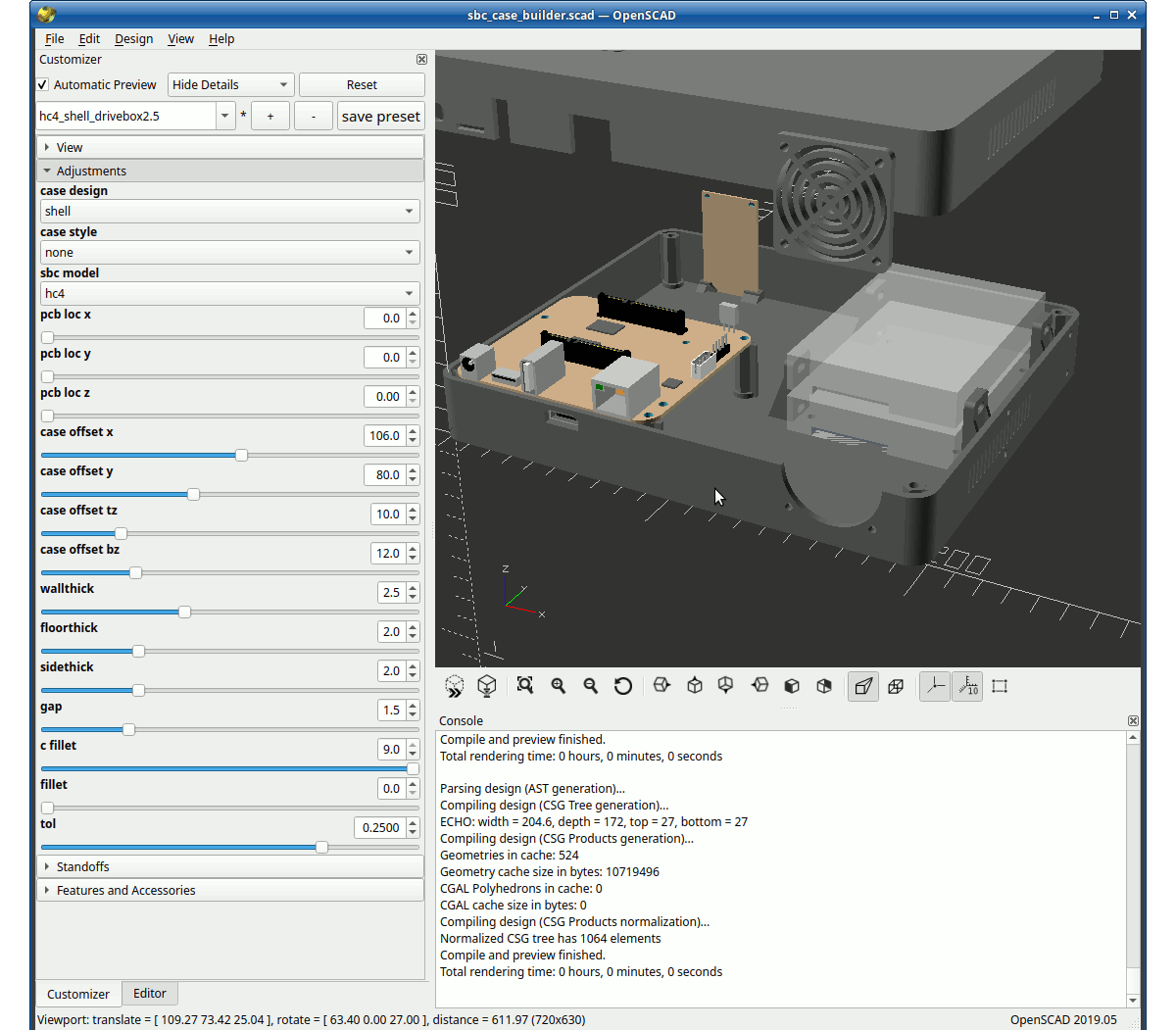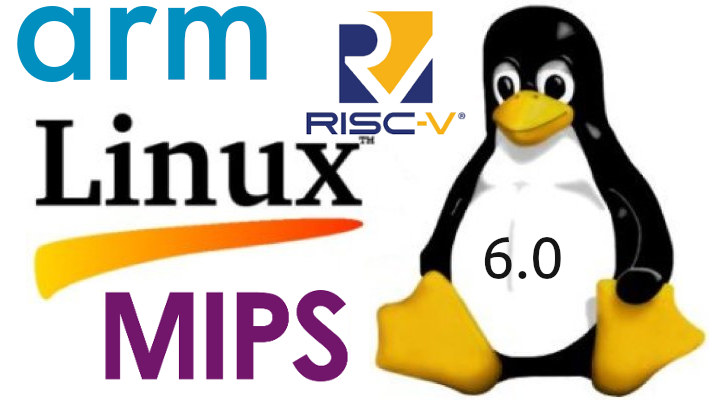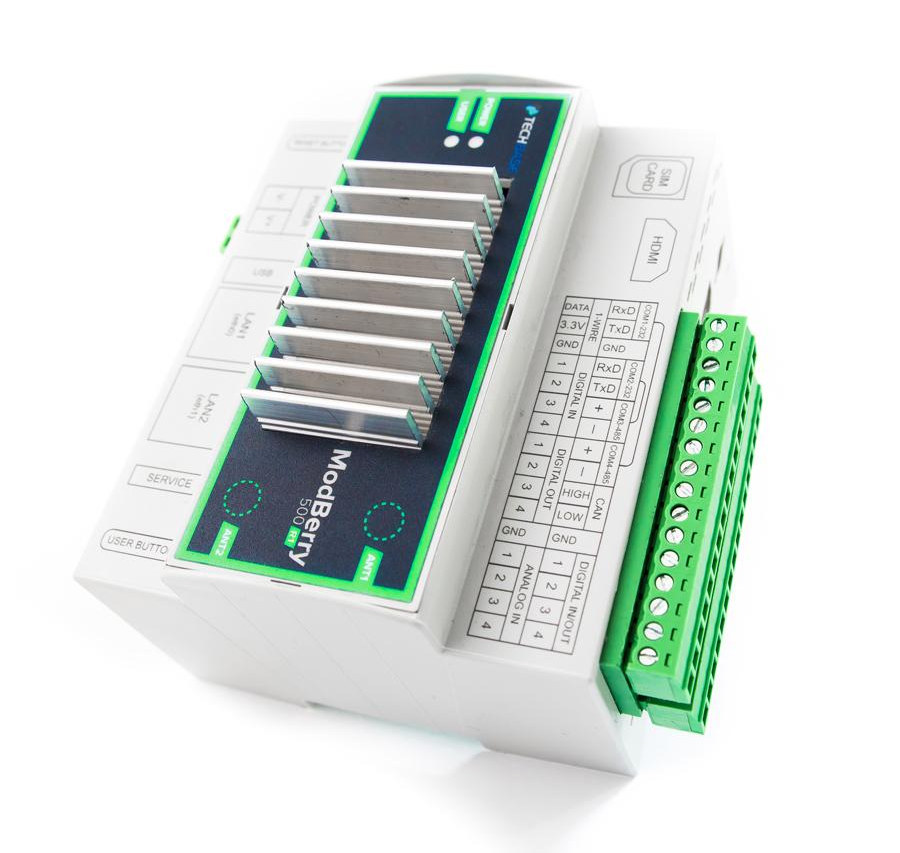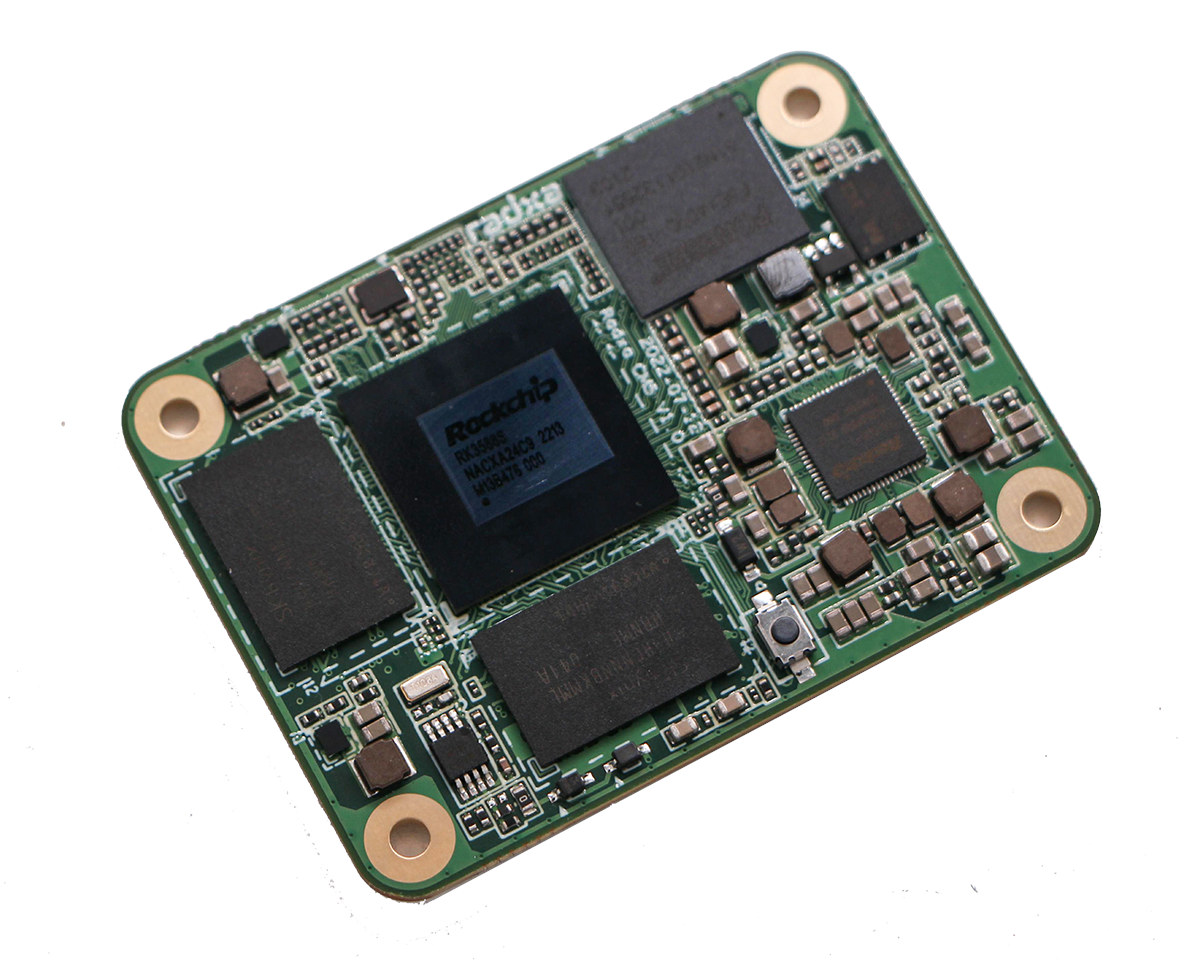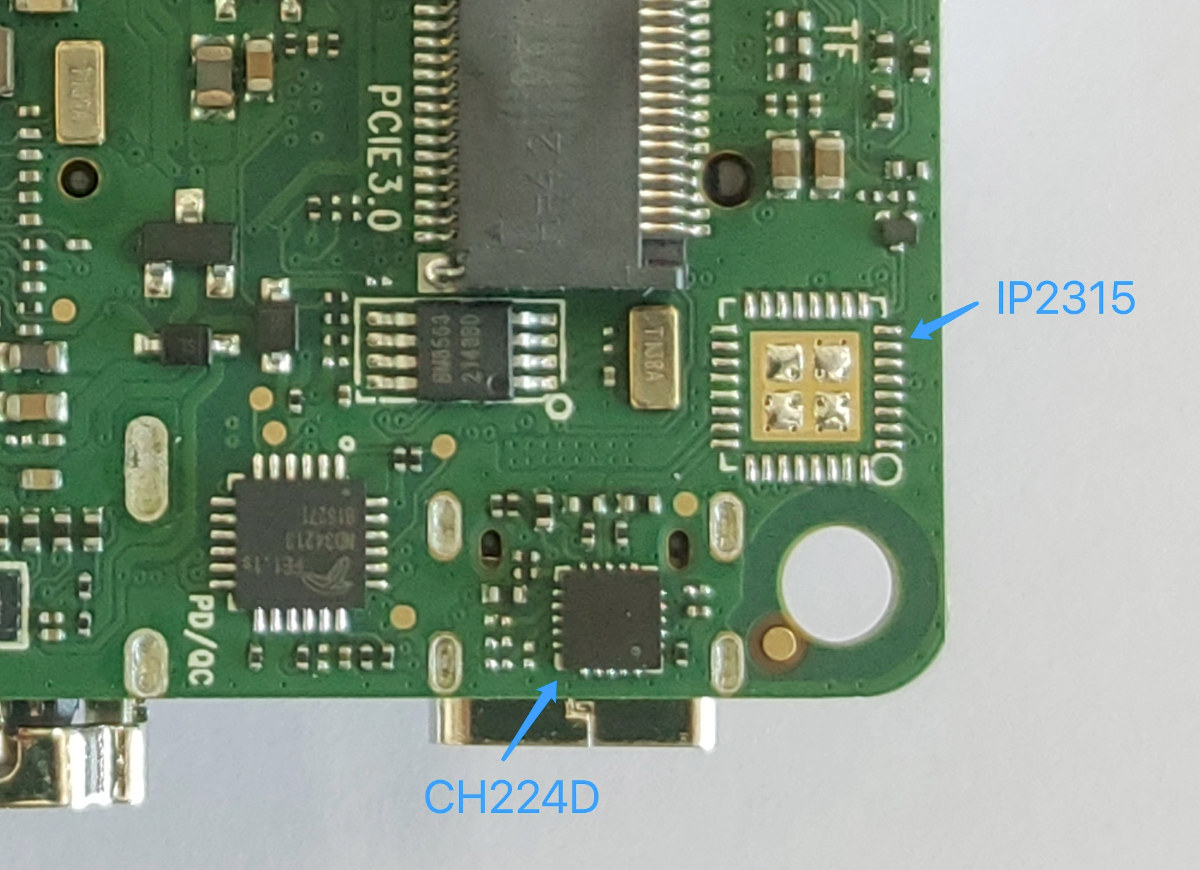Linus Torvalds announced the release of Linux 6.1, likely to be an LTS kernel, last Sunday: So here we are, a week late, but last week was nice and slow, and I’m much happier about the state of 6.1 than I was a couple of weeks ago when things didn’t seem to be slowing down. Of course, that means that now we have the merge window from hell, just before the holidays, with me having some pre-holiday travel coming up too. So while delaying things for a week was the right thing to do, it does make the timing for the 6.2 merge window awkward. That said, I’m happy to report that people seem to have taken that to heart, and I already have two dozen pull requests pending for tomorrow in my inbox. And hopefully I’ll get another batch overnight, so that I can try to really get as […]
Armbian 22.11 released with 64-bit RISC-V UEFI, ultra minimal images support
Armbian 22.11 has just been released with three new SBCs, support for 64-bit RISC-V UEFI, a new ultra-minimal image optimized for software development, and various improvements. Armbian was born as a framework to build better OS images, usually Debian or Ubuntu, for Arm-based single board computers from Orange Pi, Hardkernel (ODROID), FriendlyElec, Banana Pi, and others, but now with the release of Armbian 22.11, support for the RISC-V architecture has started since the system can now generate 64-bit RISC-V UEFI images. Some other highlights of Armbian 22.11 include: Added support for Banana Pi BPI-M5 (Amlogic S905X3), ODROID-M1 (Rockchip RK3568), and Rock Pi 4C Plus (Rockchip RK3399-T) Enabled community images with a weekly release cycle Added ultra minimal images optimized for software deployment Improved support for the Rock Pi S (Rockchip RK3308) Kernel upgrade is frozen by default to improve stability I could not find details about the new “Minimal” images, […]
Radxa E25 modular 2.5GbE router supports WiFi 6 and 4G/5G cellular connectivity
Radxa E25 is a modular router with two 2.5GbE ports based on the Radxa CM3 Industrial (CM3I) system-on-module equipped with a Rockchip RK3568 quad-core Cortex-A55 processor, and optional support for WiFi 6 and 4G or 5G cellular connectivity. I got an early sample of the Radxa E25 carrier board in January, but the company has now refined the design with version 1.4 of the board and will launch the Radxa E25 as a complete router with an enclosure similar to NanoPi R5S and LinkStar H68K we’ve covered previously. Radxa E25 specifications: SoM – Radxa CM3I with Rockchip RK3568 quad-core Cortex-A55 processor @ 2.0 GHz with Arm Mali-G52, up to 8GB RAM, up to 128GB eMMC flash (250MB/s max), optional WiFi and Bluetooth Storage – MicroSD card socket, M.2 SATA 2242 SSD (multiplexed with 4G) Networking 2x 2.5GbE ports via Realtek RTL8125B 2.5 Gbps Ethernet transceiver (Tested by Radxa at 2.2 […]
SBC Case Builder 2.0 released with GUI
SBC Case Builder 2.0 tool to create enclosures for single board computers has been released with a customizer graphical user interface, additional cases & SBCs, support for variable height standoffs, and more. We wrote about the SBC Case Builder tool to easily generate various types of 3D printable enclosures using OpenSCAD earlier this year. The SBC Model Framework used in the solution was focused on ODROID boards, and you had to type the parameters in a configuration file. SBC Case Builder 2.0 software changes that with a convenient-to-use graphical interface allowing for the dynamic adjustment of any of the case attributes. The new version of the software also supports variable height standoffs, multi-associative parametric accessory positioning, and offers 8 “base cases”, namely shell, panel, stacked, tray, round, hex, snap, and fitted. The solution works with 47 SBCs defined in the latest version of the SBC Model Framework. The following SBCs […]
Linux 6.0 release – Main changes, Arm, RISC-V, and MIPS architectures
Linux 6.0 has just been released by Linus Torvalds: So, as is hopefully clear to everybody, the major version number change is more about me running out of fingers and toes than it is about any big fundamental changes. But of course there’s a lot of various changes in 6.0 – we’ve got over 15k non-merge commits in there in total, after all, and as such 6.0 is one of the bigger releases at least in numbers of commits in a while. The shortlog of changes below is only the last week since 6.0-rc7. A little bit of everything, although the diffstat is dominated by drm (mostly amd new chip support) and networking drivers. And this obviously means that tomorrow I’ll open the merge window for 6.1. Which – unlike 6.0 – has a number of fairly core new things lined up. But for now, please do give this most […]
ModBerry 500 R1 industrial computer replaces Raspberry Pi CM4 with Radxa CM3 module
The ModBerry 500 R1 industrial computer features a Radxa CM3 system-on-module that follows the Raspberry Pi CM4 form factor, but is powered by a Rockchip RK3566 quad-core Cortex-A55 processor instead. The ModBerry 500 CM4 DIN-rail industrial computer with a Raspberry Pi Compute Module 4 was launched in 2020, but the Raspberry Pi shortage got in the way, even for commercial customers, and Poland-based TECHBASE had to find an alternative to Raspberry Pi CM4 to offer shorter lead times to its customers, and so the ModBerry 500 R1 based on Radxa CM3 system-on-module was born. ModBerry 500 R1 specifications: SoM – Radxa CM3 module with Rockchip RK3566 quad-core Cortex-A55 processor @ up to 2.0 GHz, with 1 to 8GB LPDDR4 RAM, up to 4 to 128GB eMMC flash (up to 250 MB/s), optional Wi-Fi 5 & Bluetooth 5.0 module Storage – Optional NVMe SSD via PCIe 2.0 (mini PCIe (default) or […]
Radxa CM5 – A Rockchip RK3588S module (somewhat) compatible with Raspberry Pi CM4
Radxa has been working on the ROCK 5 Compute Module (aka Radxa CM5) system-on-module compatible with Raspberry Pi CM4, but based on the more powerful Rockchip RK3588S octa-core Cortex-A76/A55 SoC. Just like the Raspberry Pi Compute Module 4, it comes in a 55 x 40mm form factor, but instead of just two high-density 100-pin board-to-board connectors, the module includes three to cater for the additional I/Os from the Rockchip processor, just like they did for the Radxa CM3 equipped with a Rockchip RK3566 processor. Radxa CM5 specifications: SoC – Rockchip RK3588S octa-core processor with 4x Cortex‑A76 cores @ up to 2.4GHz, 4x Cortex‑A55 core @ 1.8GHz Arm Mali-G610 MP4 “Odin” GPU Video decoder – 8Kp60 H.265, VP9, AVS2, 8Kp30 H.264 AVC/MVC, 4Kp60 AV1, 1080p60 MPEG-2/-1, VC-1, VP8 Video encoder – 8Kp30 H.265/H.264 video encoder 6 TOPS NPU System Memory – 4GB, 8GB, or 16GB LPDDR4x‑4224 SDRAM Storage – Optional 8GB, […]
Another consequence of supply shortage: mass production mishaps
Chips may suddenly disappear from the supply chain or get really expensive due to the recurring supply shortage, companies are now designing their PCBs to support multiple chips either selecting drop-in replacements or creating multiple footprints to cater to at least one alternative part. That means one PCB and multiple bill-of-materials are needed to be more resilient to any supply disruption. Radxa did that on the ROCK 3A board for the USB PD circuitry with the ability to use either Injoinic IP2315 or WCH CH224D IC. Those are not pin-to-pin compatible chips, and two circuitry were made for the board requiring two BoMs as it’s not just possible to only replace IP2315 by CH224D. But this information did not get to the inventory manager, and once IP2315 was out of stock, he/she believed it would be possible to simply replace IP2315 with CH224D. The unlucky part is that the factory […]



